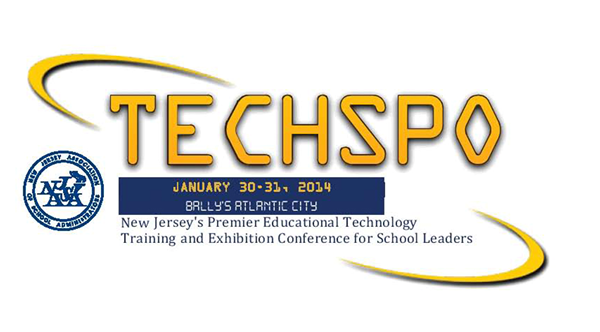Have you ever had a day when everything went right and you just patted yourself on the back when it was over?
Yeah, those days are few and far between. Often, if you are like me, your days are filled with a roller coaster of emotion as you hit each peak and valley. Some hours are filled with elation and you reach a goal and hit your mark, while others are filled with dread and contempt.
Yesterday, I experienced something that I had not felt in a long time. FAILURE.
Here is the set up:
I was trying to teach a group of fifth graders about two software programs on iPads. One was a cloud service that enables classrooms to go paperless. The other, well, is Google Apps. I have prepared and I know my stuff, or at least I thought I did. As a teacher for over five years, I knew how to interact with students and help them out but for some reason, the wheels came off.
The kids got the tech, knew how to use the iPads, but when I tried to open a document in one app from the other, it stalled and they couldn't edit it. The kids lost it. Rather, I lost the kids at this point. Well, that was the whole point of the process. I saw the teachers face and after a bunch of kids tried and it wouldn't work, she pulled the plug and decided to do it with pencil and paper. As a sullenly walked about to my office, I felt something that I hadn't felt in sometime - utter FAILURE.
This failure felt like a jab in the stomach. I saw the teacher later, apologized that it didn't go as planned and thanked her for letting me try. I know why she puled the plug, and I don't blame her one bit. This was the second time she tried it. It didn't go well both times.
Teachers today don't have time to experiment and fail. They have SGO's they need to hit. The have new standards that need to be taught and mastered. They have new tests to get their students prepared for. They have 1001 things they are working on that to deviate from the plan and try things is hard. There is just no time at times and many districts don't allow for that flexibility because there is so much pressure on testing.

My failure to make that tech work or to make that class period successful was painful but I am determined not to give up. Real learning happens when you buckle down, figure out what went wrong, and TRY AGAIN. If Edison had given up on making the light bulb, well then I guess we would be reading this blogs in candlelight.
I saw that teacher in the hallway today and let her know that while that tech and ideas maybe didn't work, that she shouldn't give up faith on Google Apps and Ebackpack individually yet. They are great products that can really save you time. I let her know that I will work hard to find something that works well in her class and for her students. And you know what? She came back to me at the end of the day and let me know that she wanted some iPads in her room to help with leaning.
Why do I fail?
I fail because I love to succeed.
I fail because I know that it is the FIRST ACTION IN LEARNING.
I fail because I am human.







.jpg)


















